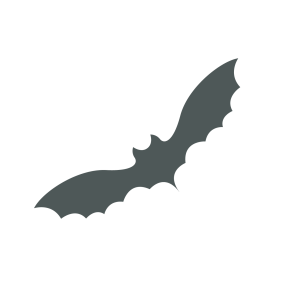
Jussi Murtosaari / naturepl

Jussi Murtosaari / naturepl
4 - 4.5 years
Length: 4 - 5.5cm; Wingspan: 24 - 27cm; Weight: 7 - 12g
Native and listed as Least Concern on the global IUCN Red List of Threatened Species. Protected in the UK under the Wildlife and Countryside Act, 1981. Priority Species under the UK Post-2010 Biodiversity Framework. European Protected Species under Annex IV of the European Habitats Directive.
Fairly widespread across the UK and Ireland, the Daubenton’s bat is often referred to as a “water bat” species due to its preference for roosting in underground sites near water. These sites can include bridges, caves/mines and cellars. Rarely found in buildings in England and Wales but occurs more often in parts of Scotland.
Individuals often wedge themselves into tight crevices within roost locations and are rarely found in groups larger than three or four but can me nestled amongst other large groups of other bat species.
Daubenton’s bats most commonly feed on small water-associated insects such as midges, caddisflies and mayflies.
Although the UK has seen a loss of wetland and waterway habitats, numbers of Daubenton’s bats are increasing in parts of its range. This could attributed to a rise in the number of converted quarry and gravel pit sites and the creation of reservoirs. Low levels of pollution can also foster a steady supply of the midges and other small insects Daubenton’s bats feed on. Threats to the species however include higher levels of pollution and the loss of insect diversity in their diet.
Can survey all-year-round. Most active from April to October. Droppings found within roosts can be analysed outside of active periods.
